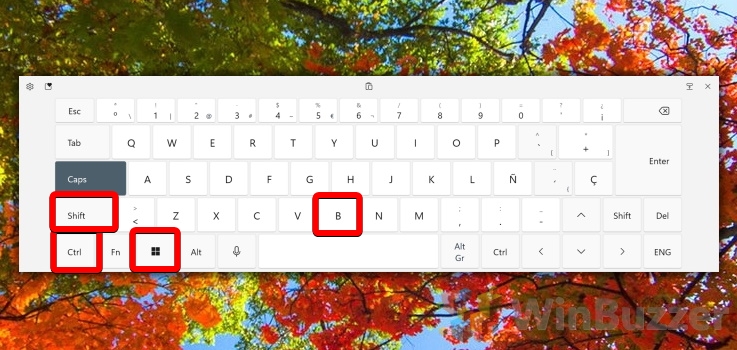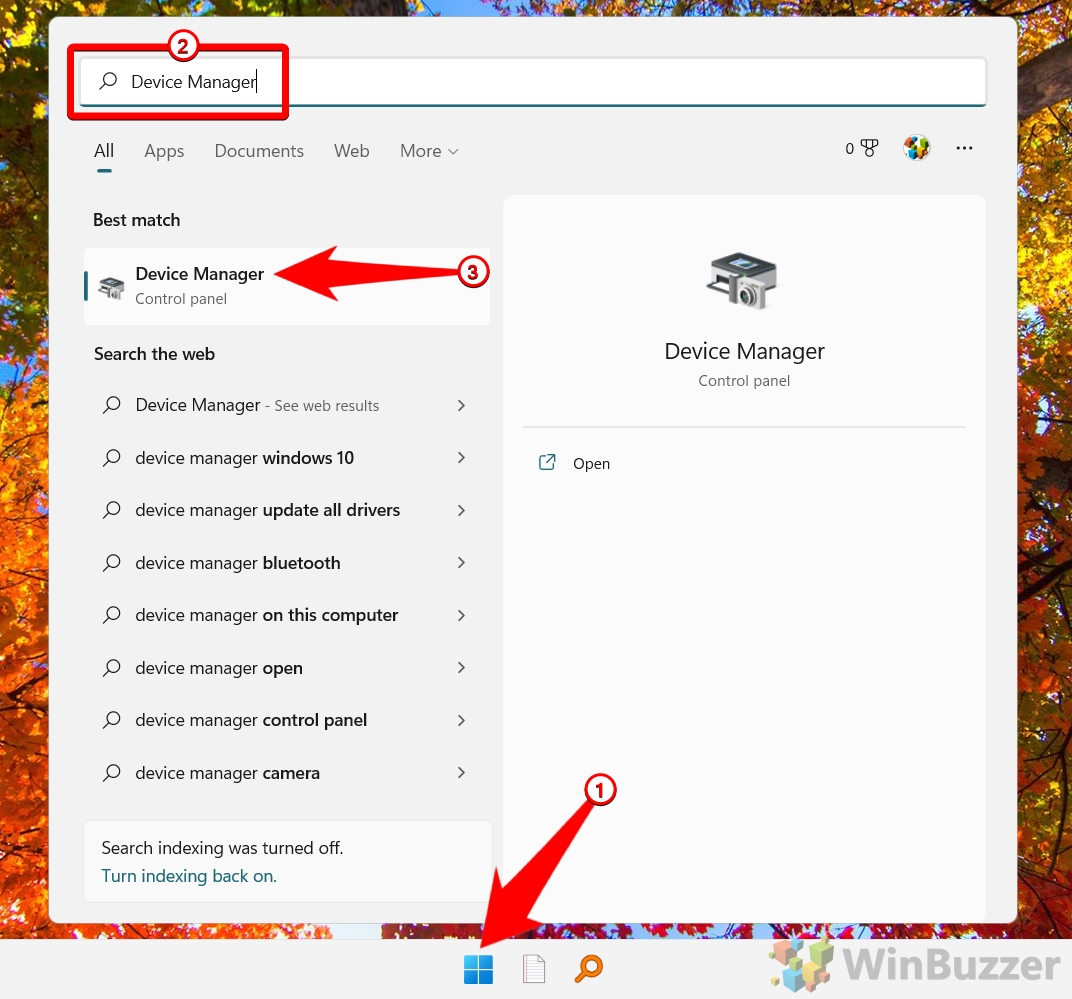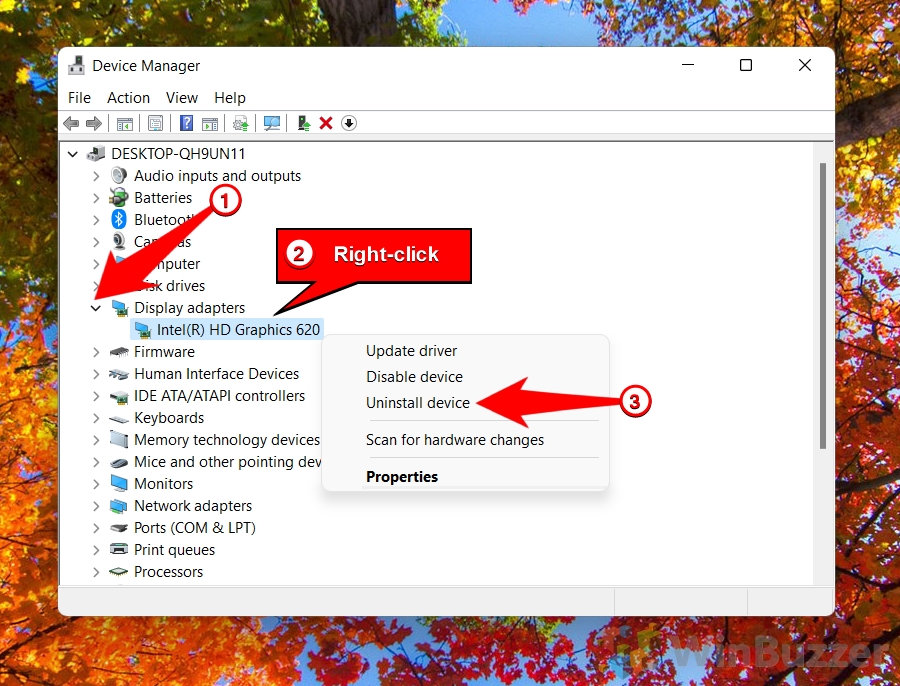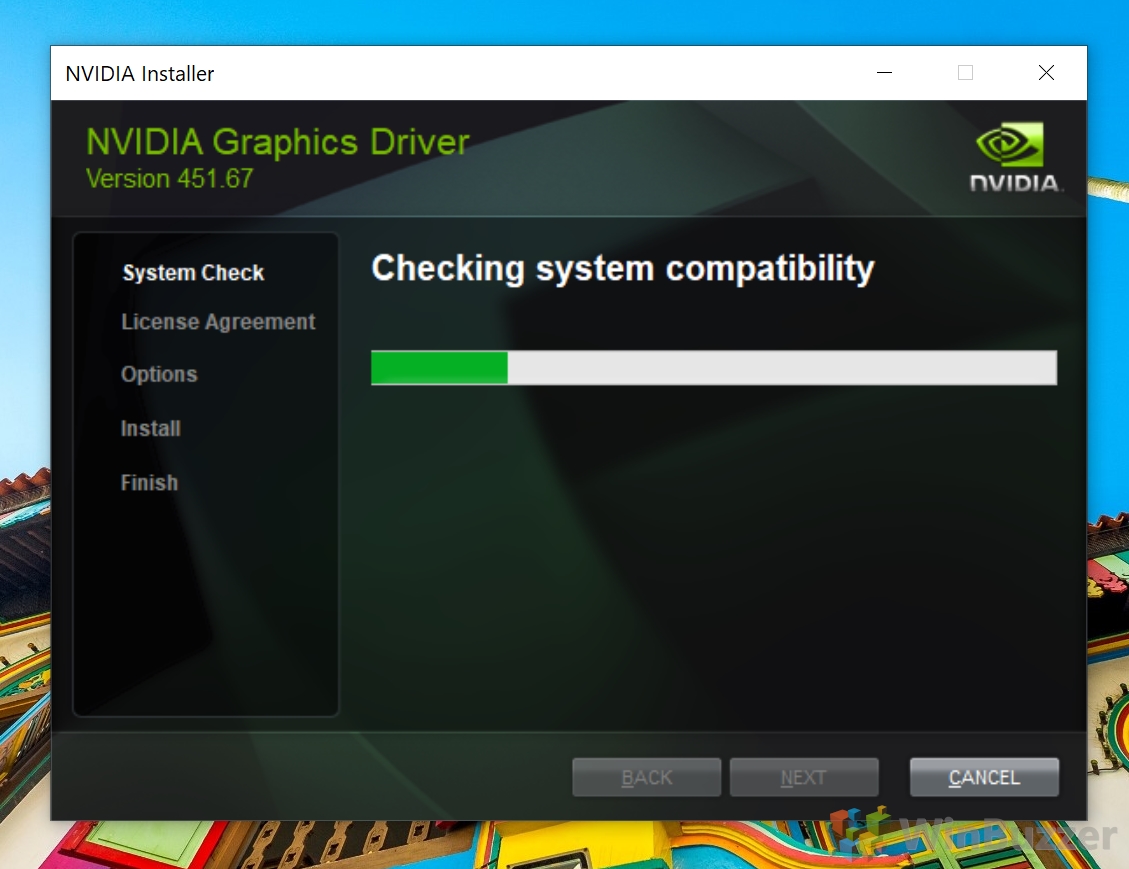Contents
The graphics driver is a software component that communicates with the graphics hardware and Windows to render images on the screen. When you restart a graphics driver in Windows, you reset the graphics hardware's state and force Windows 11/Windows 10 to reload the driver software. This can be done while your system is running without any reboot or logging off and might fix temporary glitches, performance problems, or compatibility errors of the graphics chipset.
Difference of Dedicated GPU vs. Integrated Graphics
A GPU (graphics processing unit) is a specialized chip that handles the processing of graphics-related data and instructions. A GPU can be either integrated or dedicated. An integrated GPU is built into the same microchip package as the CPU (central processing unit) and shares the same system memory. A dedicated GPU has its own separate processor package, RAM (random access memory), cooling and circuit board. Dedicated GPUs typically offer better performance and more features than integrated GPUs but consume more power and generate more heat.
As modern Intel CPUs already include an integrated graphics processor, systems with a dedicated GPU will have both drivers for the integrated Intel hardware and the GPU.
Common Display Driver Software Packages for Windows 11/Windows 10
– Intel Graphics Driver: This is the official driver package for Intel integrated graphics processors (IGPs), which are commonly found in laptops and low-end desktops. Intel Graphics Driver drivers enable basic graphics functionality and support for Windows features such as HDR and WDDM 2.7. They also include features such as Intel Graphics Command Center, which allows users to adjust their display settings and preferences.
– NVIDIA GeForce: This is the official driver package for NVIDIA graphics cards, which are widely used for gaming and professional applications. NVIDIA GeForce drivers offer optimal performance, compatibility, and stability for NVIDIA GPUs. They also include features such as GeForce Experience, which allows users to optimize their games settings, record and stream gameplay, update drivers and more.
– AMD Radeon Software: This is the official driver package for AMD graphics cards, which are also popular among gamers and professionals. AMD Radeon Software drivers provide high-quality graphics performance, support for DirectX 12 and Vulkan APIs, and enhanced features such as Radeon Boost, which dynamically adjusts resolution to improve frame rates in fast-paced games.
What Happens When You Restart a Graphics Driver in Windows 11/Windows 10
Restarting a graphics driver in Windows involves sending a special signal to the graphics hardware, which causes it to stop processing any commands and release any resources it is currently using. Then, Windows unloads the driver software from memory and reloads it again. Finally, Windows sends another signal to the graphics hardware to resume its normal operation.
Reset the Graphics Driver to Fix Driver Issues in Windows 11/Windows 10
You can uninstall a graphics driver in Windows 11/Windows 10 to reset it to its original version. Depending on how you uninstall the driver, different things may happen. Windows 11/Windows 10 will then try to reinstall it automatically as soon as it detects the device.
Update the Graphics Driver in Windows 11/Windows 10
With some exceptions due to compatibility issues or bugs, you should always strive to update the graphics driver in Windows 11/Windows 10 for the following benefits:
– Improving the performance and stability of your graphics card and applications that use it. For example, you may experience faster frame rates, smoother animations, and fewer crashes or glitches.
– Fixing bugs and security issues that may affect your graphics card or system. For example, you may resolve compatibility problems, prevent overheating or freezing issues, and protect your system from malicious attacks.
– Enabling new features and enhancements for your graphics card and applications that use it. For example, you may access higher resolutions, better graphics quality, and support for new technologies such as ray tracing or virtual reality.
Updating a graphics driver in Windows can help you get the most out of your graphics card and improve your overall user experience. In this guide, we will show you how to restart, reset or update the graphics driver in Windows 11/Windows 10.
How to Restart the Graphics Driver Using a Hotkey
You can restart the graphics driver on Windows 10 and 11 by using the “reset graphics driver shortcut” of Windows. This method is simple and fast, but it requires some attention to avoid unwanted consequences. The keyboard shortcut to restart the graphics driver is “Windows + Ctrl + Shift + B”.
When you press this key combination, your screen will go black for a split second and you might hear a beep. This means that your graphics driver has been refreshed and reloaded. However, this also means that any settings or customizations you have made to your graphics driver may be lost. Therefore, you should save your work and close any applications that use the graphics driver before using this shortcut. Additionally, you should only use this shortcut when encountering a problem with your graphics driver, such as a crash or a glitch. Restarting the graphics driver too frequently may cause instability or performance issues.

How to Reset the Graphics Driver With Device Manager
When you reset the windows graphics driver with Device Manager, you are essentially uninstalling and reinstalling the driver software for your graphics card. This can help resolve poor performance, glitches, crashes, or compatibility problems with certain applications or games.
- Open “Device Manager” using Windows search

- Expand the list “Display adapters”, right-click your graphics card/chipset, and select “Uninstall device”
Then, restart your computer, and Windows will automatically reinstall the driver for you in its latest version. Alternatively, you can also download and install the latest driver from the manufacturer's website after uninstalling the old one.

How to Reset the Graphics Driver via Windows Settings
If you are using a specific graphics driver software package that includes an application to set and fine-tune the functioning of your graphics chipset, you can reset the Windows graphics driver by uninstalling this Software via settings.
- Open Windows 11/Windows 10 settings and there “Add or remove programs”

- Uninstall graphics software to reset graphics driver
Find the graphics driver software, click on the three dots on the right side and click “Uninstall”. You will have to reboot your system to finish the procedure.

Extra: How to Update and Download Nvidia Drivers without GeForce Experience
In our other guide we show you how to download Nvidia Drivers without Geforce experience, as well as how to install them and check your GPU. If you want to know how to update Nvidia drivers without Geforce Experience, the manual installation of a new driver will exactly do that and replace your existing outdated Nvidia GPU driver.









